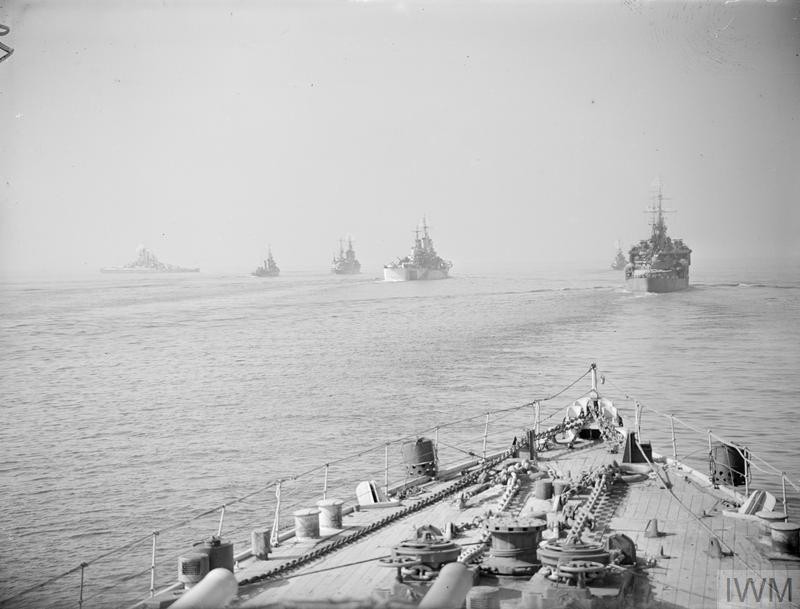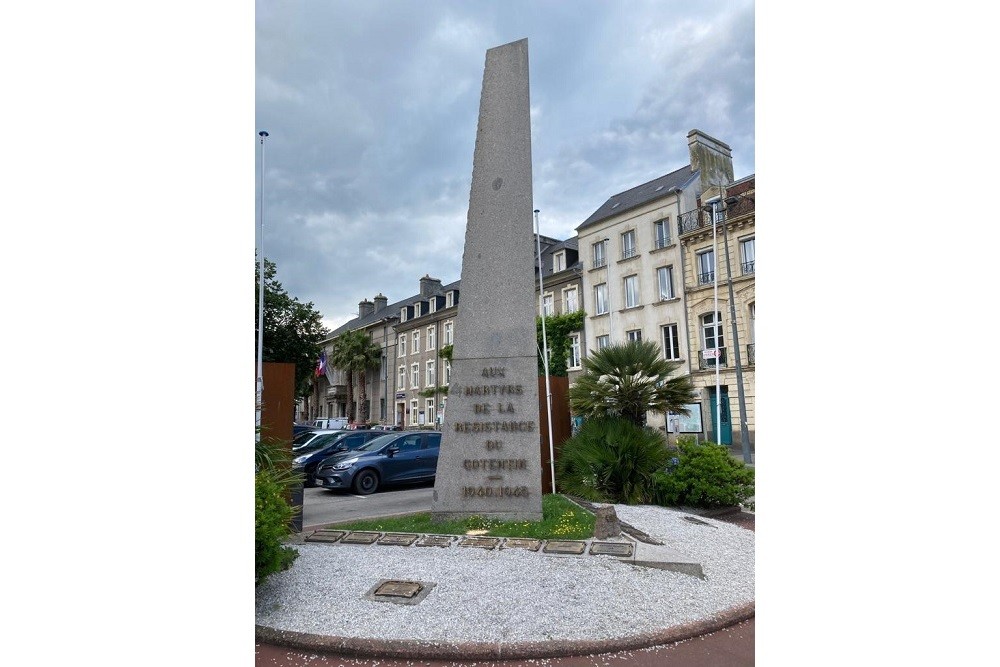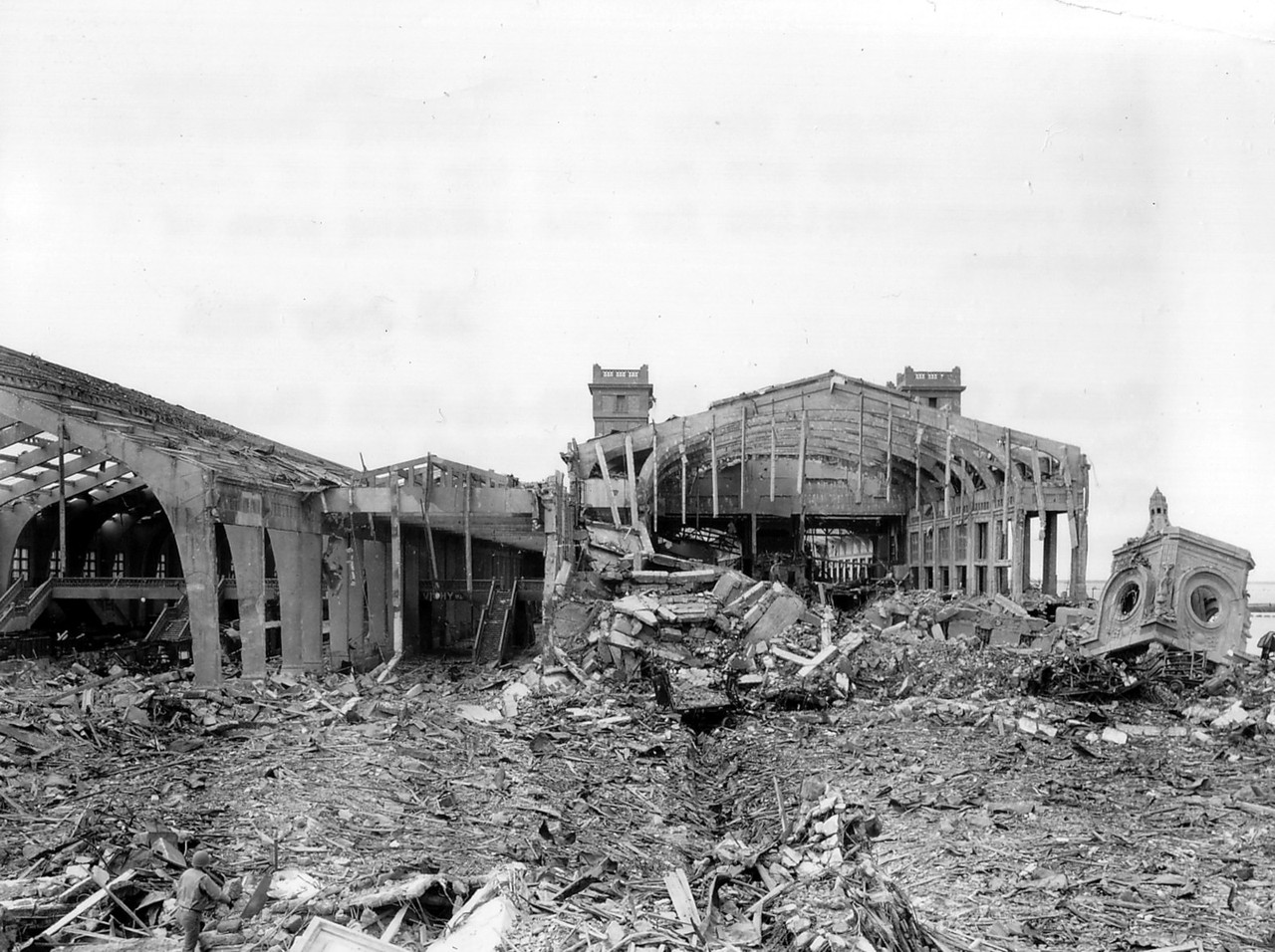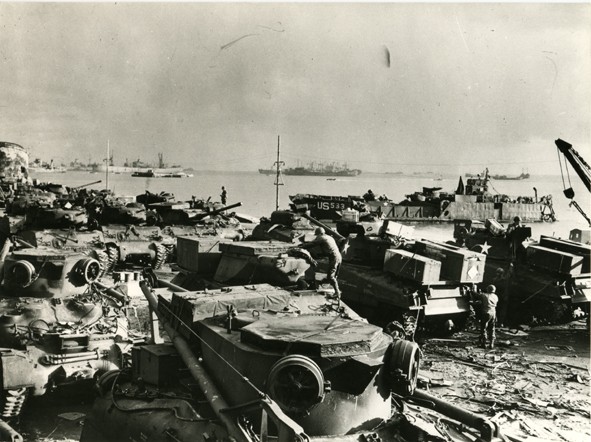The siege of Cherbourg
France
Route segment from our partner

Route segment from our partner

Bookmark
Share
Utah Beach was added late into the planning for Operation Overlord. This would see landings taking place on the Cotentin peninsula and the chance for the Allied forces to move to a deep-water port. From 6 June to 26 June 1944, following the allied landings on D-Day, American forces would move northwards towards the port city of Cherbourg.
To support and sustain the landings in Normandy, logistical supplies would be key. The Mulberry artificial harbours would support this, but if possible, a deep-water port would further assist in the disembarkation of supplies.
The closest deep-water port to the five landing beaches that would be achievable to advance towards was that of Cherbourg on the northern coastline of the Cotentin peninsula. From 14 June, the US 9th & 79th Infantry Divisions pushed north and towards the city. A siege would then ensue as the German forces looked to resist the American advance. They would also begin to destroy and scuttle the port facilities to deny their use to the allies.
General Von Schlieben surrendered the city and the remaining German forces on 26 June.
The walk takes the visitor into the story of the battle of Cherbourg with the Musée de la Libération. Around the area of the port and quays, numerous German defensive positions can still be located.
At the Cherbourg old Communal Cemetery, there are just over 700 burials. The British and Commonwealth burials number 86 graves, the majority from the 1940 period during the German advance and the fall of France. There is a large French plot containing men who died during the First World War.
Numerous memorials can be found that commemorate the battle of Normandy, those who resisted the German occupation, and the liberation by the Americans in June 1944.





